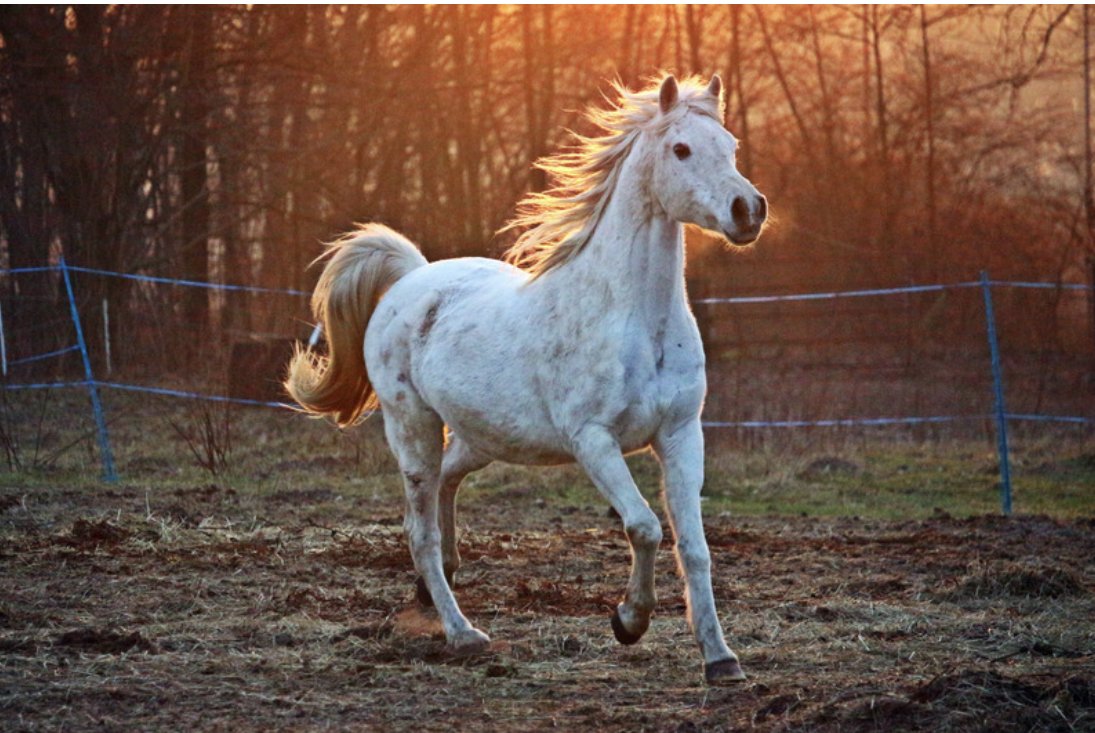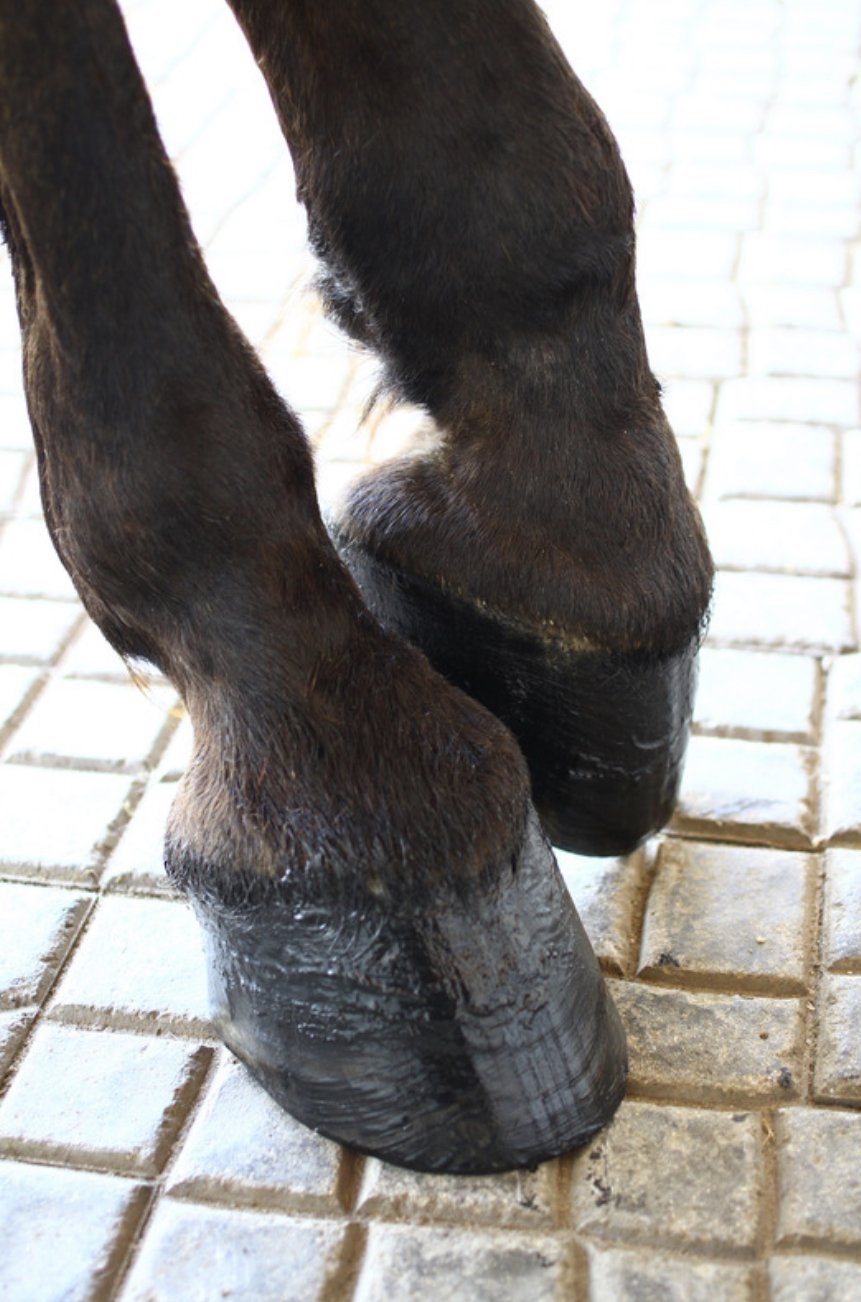Spotting Pain In Horses
Because horses are herd and flight animals they often have a stoic nature, enabling them to hide their pain from predators. This often means subtle pain signs may go unnoticed. Pain is also often misinterpreted as behaviour such as pushy, hard-mouthed, stubborn, cold backed, lazy.
Acute Vs Chronic
Acute pain is characterised by a sudden onset, such as a sharp pain caused by an injury.
Chronic pain is longer lasting and develops over time, this type of pain can easily go unnoticed. Although chronic pain has a slower onset, sudden deteriorations or changes in behaviour or gait may also be experienced when your horse reaches a ‘breaking point’ during the development of the condition.
Movement
A horse in pain will change their gait and behaviour to avoid physical discomfort and further damage.
It’s important to learn the subtle movement changes that lead up to a lameness because often when a horse shows a lameness the issue is already severe and physical, irreversible damage may have already been done.
Subtle movement changes could include:
Increased weight shifting between legs
Less forward and slower to get going
Signs of lameness:
Uneven footfall
Head nod
Reluctant to move forward
Reduced weight bearing on one limb
May also notice an area of heat, swelling, or discomfort
When your horse shows any of these signs of pain it could be due to something simple like bruise or tight muscle that may go away on its own. However, it could also be caused by something more serious like a tendon issue, foot issue or fracture, so if you’re worried and your horse is deteriorating contact your vet right away.
The signs mentioned above are often due to a soft tissue injury or condition. Another type of pain your horse may experience is visceral pain of internal organs, for example colic. This type of pain may present as refusal to move or general signs of intense pain.
Facial Expression
Horses are very good at communicating to us through their facial expressions. Getting to know your horse's facial expressions can be really valuable when trying to decipher what your horse is thinking and feeling. Here are a few facial expressions your horse may exhibit if they’re trying to tell you something is not right and they may be in pain. However, it's important to put all the pieces of the puzzle together when deciding if your horse is in pain because many of these facial expressions can be used to show other emotions such as fear.
Backward, tense ears
Could indicate discomfort either from pain or fear
Tightening of eyes
If your horse is not relaxed and sleepy they may partially close their eyes as a way of showing they’re in pain. If your horse looks uncomfortable and has their eyes half closed it could be a sign they’re in pain because of a serious reason so it may be best to contact your vet.
Strained chewing muscles
This can be identified by increased tension above the mouth. This could indicate your horse has dental discomfort or sometimes your horse may strain these muscles when they’re experiencing fear.
Strained nostrils
Your horse may dilate their nostrils at the sides, showing a square appearance, or your horse may elicit the flehmen response by curling their upper lip. This could either be because they’re trying to smell something or a sign of their discomfort.
Tension above the eye
The muscles above the eye may tighten and appear v-shaped, exposing the white inner corners. The bones above the eye may also look more prominent than usual.
Behaviour
Sudden behaviour changes that are unexplainable can often be a very good indication your horse is experiencing mental or physical discomfort. Some behaviours to be aware of are listed below :
Swishing tail, ears flat back, grinding teeth, tossing head
Inability to round the back and neck
Slow off the starting gate
Refusing fences and refusing to jump
Intermittent subtle lameness
Loss of appetite
Restlessness
Increased sweating
Increased pulse and respiratory rate
Lying down more than usual
Changes in temperament
Weight loss
Colic
If your horse is showing signs such as weird postures and behaviours such as pawing, frequently laying down and getting up, belly kicking, not eating, keeping distance from the herd. This could be indicative of an internal discomfort such as colic.
Laminitis
Behaviours characteristic of laminitis include rolling back onto the hind limbs, sticking the front feet out, heat from hooves, less comfortable on hard surfaces, and resisting hoof picking.
What to do?
Speak to your vet
Your vet will be able to treat the illness or injury that is causing the pain. They will also be able to prescribe painkillers or refer your horse to a physiotherapist or acupuncturist if appropriate. If the pain is suspected because of a subtle movement change you could contact a physiotherapist directly and they may be able to help with support from your vet.
However, be cautious when it comes to medicating to fix pain because painkillers can conceal or disguise the pain, leading to the primary cause of the pain being ignored and causing further damage
The most important thing an owner can do is to know what normal for all horses, and their individual horse, looks like.
It’s a really good idea to know your horse's digital pulse, or to compare it to other hoofs, when pain is suspected to identify if the pulse has deviated from normal. The digital pulse will increase if there’s restricted blood flow from an abscess, bruise or laminitis. This is an emergency and you should call your vet right away.










